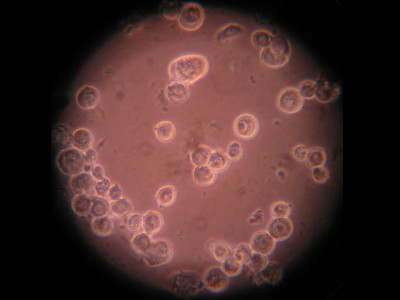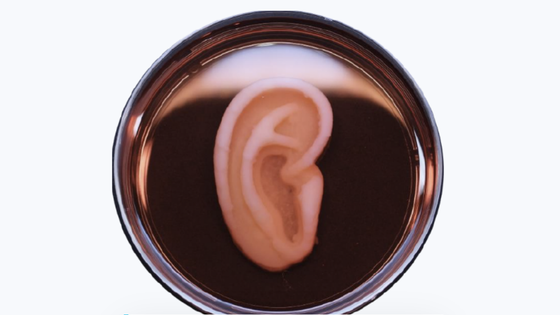Man left immobile by spinal cord injury gets neural stem cell transplant to help him get back on his feet
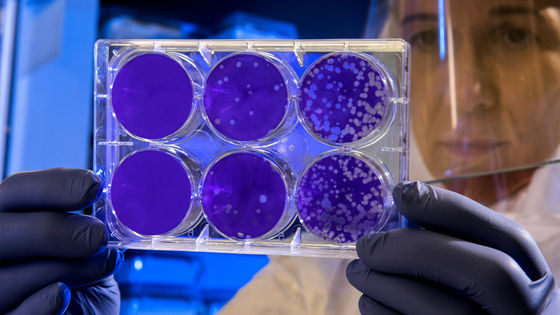
A research team including
Paralysed man stands again after receiving 'reprogrammed' stem cells
https://www.nature.com/articles/d41586-025-00863-0
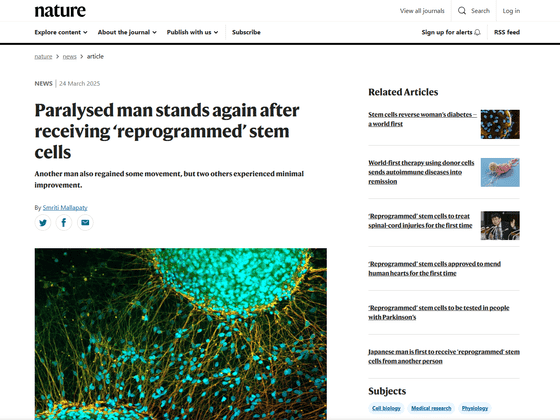
Breakthrough as paralyzed man walks again after single injection of new treatment | Daily Mail Online
Since 2021, a research team led by Professor Okano Hideyuki of the Keio University Research Center for Regenerative Medicine has been conducting clinical research in which four patients who had suffered spinal cord injuries due to accidents or other causes, and had lost the ability to move their bodies and sensation, were transplanted with 2 million neural stem cells cultured from iPS cells, and their motor function was evaluated one year after surgery.
The patients who underwent the transplant this time were aged 60 or older and suffered spinal cord injuries in the 'subacute phase' within 14 to 28 days prior to surgery.
A neural stem cell transplant has enabled an elderly man who sustained spinal cord injuries in an accident to stand unaided again. At the time of writing, the research team said, the man had begun walking exercises. The man had previously been classified as an 'A' on the spinal cord injury scale, meaning he was completely paralyzed, but is now classified as a 'D' on the scale, meaning he can walk with or without assistance from a spinal cord injury specialist.

Another patient who underwent transplant surgery improved from an 'A' to a 'C' on the evaluation scale, and although he had difficulty standing up, he was able to eat on his own and use a wheelchair. On the other hand, two of the four patients who underwent transplant surgery showed no improvement. Furthermore, no serious side effects were observed from this treatment, and a certain degree of safety has been confirmed.
According to the WHO, 15 million people worldwide suffer from spinal cord injuries, and the results of this research shed light on the treatment of spinal cord injuries, which are difficult to improve with conventional medical technology. 'We were able to achieve results in the world's first spinal cord injury treatment using iPS cells. There were difficult days when research using iPS cells did not produce results, but this research has produced results worthy of confirming safety and estimating efficacy,' said Okano.
The research team plans to conduct clinical trials to put the research into practical use, improve the treatment, expand the number of patients eligible, and develop a more effective treatment. In that case, they are considering increasing the number of neural stem cells transplanted and targeting patients in the 'chronic phase' of spinal cord injury.
Professor Masaya Nakamura of the Keio University School of Medicine said, 'The data announced this time is still in the stage of detailed analysis, but I think it is a big step that leads to the next step. On the other hand, James John, a neuroscientist at Griffith University, pointed out, 'The degree of spinal cord injury varies from patient to patient. Further research is needed to confirm whether transplantation of neural stem cells cultured from iPS cells is effective for all types of injury or only in certain cases.'
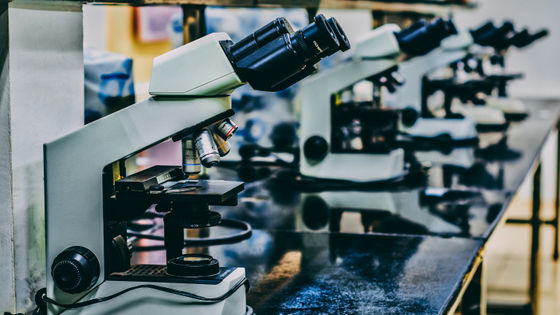
Related Posts:
in Science, Posted by log1r_ut


